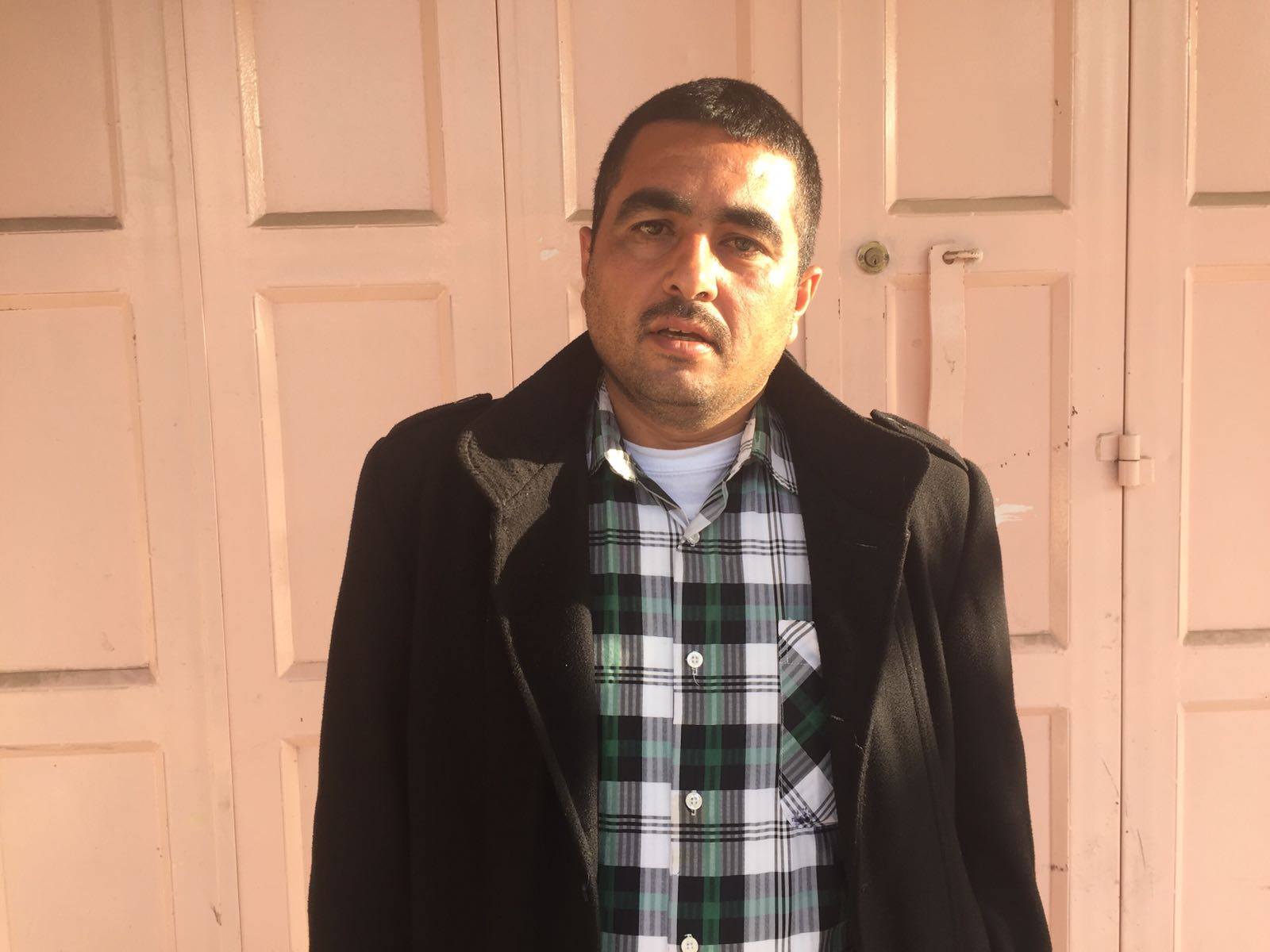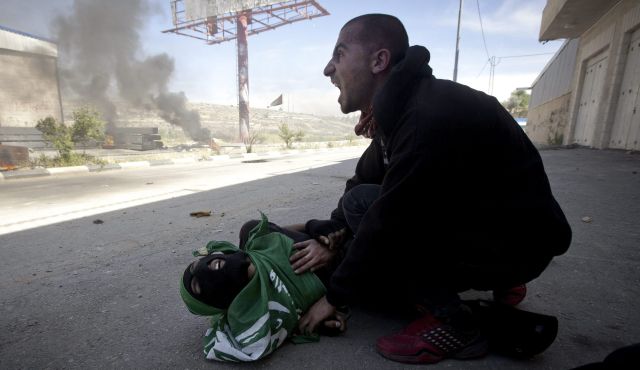Tag: Ofer military prison
-
Beatings, theft, and humiliation: Dismantle the Ghetto activist speaks of his ordeal following arrest at Land Day demonstrations
15th April 2017 | International Solidarity Movement, al-Khalil team | Hebron, occupied Palestine Last week, amidst a slew of arrests by Israeli forces and subsequent court hearings, ISM activists had the opportunity to meet with Badee Dwaik; one of the four men arrested during the Land Day demonstrations in occupied al-Khalil. Badee, a seasoned activist…
-
Recollection and memory, Al-Nakba continues
15th May 2015 | Karam (Muhannad) | Ofer military prison, Occupied Palestine The following post is written by the medic that was present on the scene on May 15th 2014, during the killing of Mohammad Odeh and Nadeem Nuwwarah as protesters commemorated al-Nakba near Ofer Military Prison. During Nakba day commemoration, Birzeit’s student council were trying to…
-
Photo story: Palestinians protest the deaths of two martyrs
17th May 2014 | International Solidarity Movement | Ofer, Occupied Palestine On the 16th May, Palestinians protest on the road to Ofer prison, following the murder of two Palestinian youths on the same road on the previous day during the Nakba Day protest. The youths, 22-year-old Muhammad Audah Abu al-Thahir and 17-year-old Nadim Siyam Nuwarah, were…



